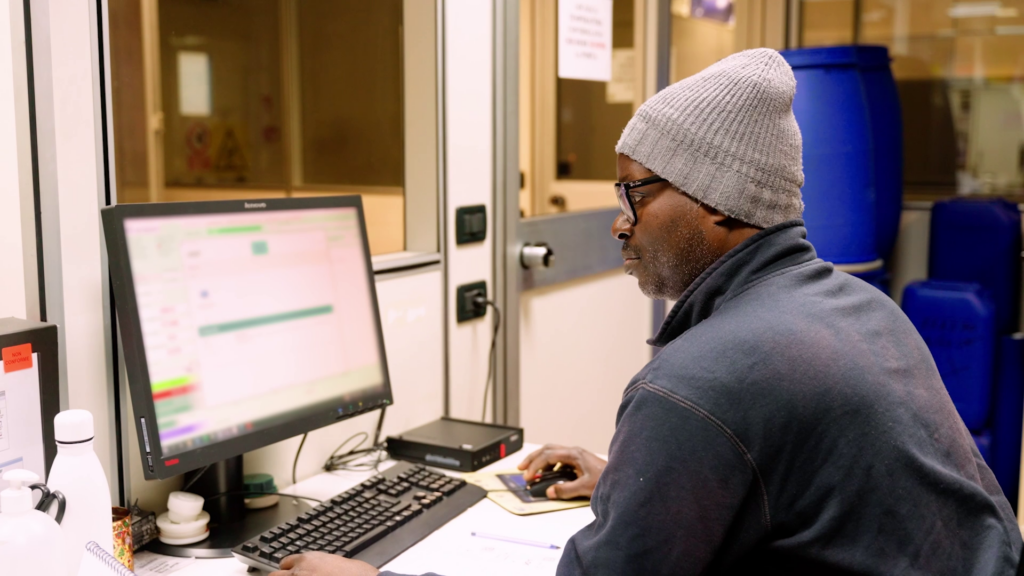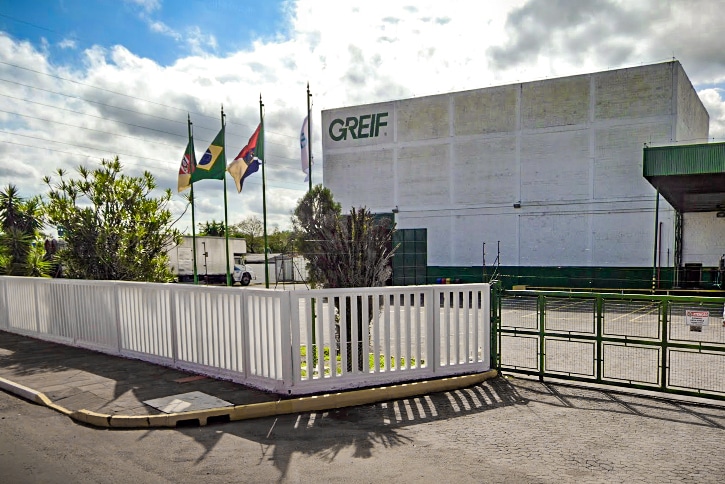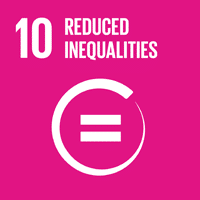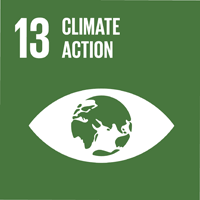פַּסִים
- Greif’s collaborative approach to risk management enables us to proactively mitigate adverse impacts on our business, customers, and the environment. Our approach allows us to mitigate risks and identify opportunities to strengthen our competitive position within the industry.
- We advanced our approach to prioritizing risks, moving beyond a pure top-down risk ranking approach to one that incorporates both qualitative and quantitative assessments. We integrated scenario-based analyses for a subset of risks to assign quantitative metrics.
- In 2024, we conducted our first ‘horizontal’ process ESG audit, with a focused review of waste reporting, emissions, and human rights. This audit process will be integrated into an annual procedure overseen by our Sustainability function.
- We built on recent scenario analyses to deepen our understanding of climate-related risks. These analyses highlighted that while some risks, like excessive heat, are slowly changing, others such as hurricane and flood risks are expected to worsen over the next 50 years.
- To address risks to our production facilities, our risk management team partnered with GoG and Operations to secure capital expenditures for sites to effectively protect our assets from the physical risks of climate change.
מדוע חשוב ניהול סיכונים
Proactively addressing risks to Greif, our customers, and the environment is fundamental to our strategy to achieve long-term success and value creation. Our collaborative approach to risk management underscores our ability to go beyond mitigation to turn risks into opportunities. When we address risks collaboratively across functions and incorporate both challenges and opportunities, we cultivate a balanced and forward-thinking approach. Our risk management process enhances stability across the value chain, improves financial predictability, and reduces legal liabilities. This approach enables us to maintain the excellence of our products, prioritize the safety of our colleagues and customers, and uphold our commitments to stakeholders and the environment.
Our Approach
Enterprise Risk Management at Greif is a collaborative process where cross-functional teams provide expert viewpoints and oversight. Our comprehensive ERM process diligently assesses risks throughout our global business units. As we undergo updates to our core business organization structure, our ERM process continues to evolve to meet our organizational needs.
To strengthen our approach to risk evaluation, we analyze stakeholder feedback from colleagues as well as evaluate the environment and industries we operate within. Stakeholder engagement is tailored to ensure the inclusion of relevant voices in the risk management process. Each risk is assigned a dedicated owner and, where appropriate, risk ownership may be a shared responsibility.
In 2024, we introduced a new risk tolerance model to the Executive Leadership Team (ELT). The model is updated twice a year and distinguishes between one-time and ongoing risks. This model supports the ELT and Board in understanding our capacity to absorb risk. Having this information means leadership can make informed decisions and is intended to support our risk posturing in large strategic decision making.
We enhanced our approach to risk assessment in 2024. We shifted away from the top-down risk ranking approach we previously employed to one more focused on quantification. Greif draws from various sources, including industry reports, trade associations, ESG ratings and rankings, energy pricing, and government regulations and programs to diagnose emerging risks to our business. We have also begun incorporating scenarios in risk assessments. Greif’s ERM Risk Leader Committee (RLC) is led by Greif’s Chief Risk Officer and comprises members of Greif’s Leadership Council, including but not limited to: Strategic Business Unit Leadership Teams, the Vice President of Sustainability, and other department leaders from Finance, Legal, IT, Human Resources, and Global Supply Chain. When emerging risks are identified, reviewed, and prioritized by the Risk Leader Committee (RLC), we assign Risk Owners to be responsible for developing mitigation and opportunity capture plans. To align with our evolved governance structure, the RLC’s membership will be reorganized in 2025.
Cybersecurity Awareness Training
Our cybersecurity risk management processes are integrated with our enterprise risk management program to ensure strong alignment with broader risk reporting and governance processes. Cybersecurity Awareness training for our employees is a core element of our overarching cyber program. This training includes personal information security, cybersecurity hygiene, general internet safety, and data privacy among other topics. In 2024, approximately 94.4 percent of relevant colleagues completed the assigned training. Our program also includes specific education on phishing and simulated phishing to our colleagues. We continued our favorable scoring for phishing simulations relative to industry averages in 2024.
Additional information on our cyber program can be found in Part I Item 1C of our 2024 SEC Form 10-K.

Greif’s Crisis Communication Program continues to strengthen our ability to prepare for and address potential crises globally. The program allows us to quickly notify colleagues during emergencies or significant disruptions that could pose risks to their safety. We send alerts using several mechanisms, including text messages, phone calls, email, and smartphone app notifications. The Crisis Response Team follows the Greif Crisis Communications Playbook System to develop swift, coordinated communications during crises. The system is used to assemble a team of executive leaders with designated backups to provide additional coverage. We conduct regular tabletop exercises to test our procedures and ensure readiness for unforeseen emergencies.
Our Risk Management team collaborates with colleagues across the globe to provide a comprehensive approach to navigating risks relevant to their location. Following our “global yet local” philosophy, strengthening site-specific Emergency Response Plans was a priority in 2024 and will continue to be moving forward. Each Greif facility is required to review their site’s Disaster Recovery Plan on an annual basis. To support these plans, Greif partners with third-party specialists to regularly conduct facility audits, help us identify risks, and verify our management approaches. We manage interruptions at the local level, leveraging our flexible production network to meet customer demand.
At Greif, environmental, social, and governance (ESG) issues continue to be strategic priorities for our Leadership Council. Sustainability topics including climate, waste, circularity, and inclusion and belonging are integrated into our organizational culture. Our commitment to ESG topics is supported by routine reporting of sustainability KPIs to the ELT, vice presidents, business unit leaders, and regional leaders. Quarterly updates are provided to the ELT and CEO, along with an annual update to members of the Board of Directors. We share sustainability progress organization-wide through regular updates in a variety of internal communication channels.
Addressing climate-related risks has been a significant focus for us for a long time. We regularly hold internal workshops and collaborate across teams to identify priority focus areas. We directly integrate climate-related risks and opportunities into our overall ERM process, complementing information provided by assurance providers. Our recent climate physical risk assessment highlighted flooding and heat stress as significant physical hazards for sites in several countries throughout the world. For more information regarding our climate-related risks and opportunities, please see section C2 of our 2024 CDP response.
Esteio Facility Flood Response
A recent example of our proactive risk management practices in action was the flood at our Esteio facility in Brazil. The flood significantly impacted operations, but thanks to Greif’s flexible production network and comprehensive insurance coverage, we were able to quickly respond to the flood impacts at the facility and were able to minimize disruption. This event underscored the importance of both site-specific resilience measures and the broader risk management strategies we have in place.

Building on this foundation, we continue to refine our approach to climate risk management. The real impact of our climate assessments is driven by actions taken at the local level. Facilities facing heightened risks, such as flooding, hurricanes, or heat stress, implement targeted measures to mitigate those impacts. These efforts are supported by a financial model that allocates higher costs to higher-risk sites, incentivizing capital expenditures at sites where higher-risks are present. For example, the financial results of facilities in hurricane-prone areas are incentivized to mitigate against storm damages and facilities exposed to flooding are incentivized to invest in flood preparedness. Our Global Operations Group (GOG), Risk Management and local site teams are key partners in this process, collaborating to prioritize and implement necessary interventions. We conduct detailed reporting related to these efforts that connects material solutions leaders, facility teams, and senior leadership, ensuring alignment and accountability across the organization.
Goals, Progress, & Performance
We have refined our approach to risk prioritization by combining qualitative insights with quantitative data, enabling a clearer understanding of our most important challenges. Scenario-based analyses and integrated audit processes help us identify risks but also respond swiftly and effectively to support companywide stability.
Our continued, strong financial performance in the face of significant headwinds demonstrates our disciplined approach to mitigate and respond to risk. Our management of sustainability-related risk is demonstrated by third parties including a “low-risk” score of 19.0 from Sustainalytics and AA ESG rating from MSCI in 2024.




